From parking lots to airports and highways, clear and accurate road markings are key to keeping our urban environments moving safely. Laying these lines is, however, labour-intensive and slow, compounded by the need for precision and regular maintenance. Supported by ESA’s Business and Space Solutions (BASS) programme, Estonian start-up 10Lines has developed software that integrates the use of Satellite Earth Observation (SatEO) technology with robots designed to automate pavement marking, revolutionising the efficacy and accuracy of the traditional line-making industry.
After many years in the line painting industry, the now 10Lines CEO and co-founder Tarmo Prints was certain of one thing: there had to be a better way to do this very repetitive job than manually marking with measuring tape.
“70% of our time was spent measuring,” he explained. “And the job is not only time-consuming, but also never-ending because maintenance is required at least once a year.”
Mr Prints joined forces with Janno Paas, the now CTO and co-founder of 10Lines, who said: “I am really interested in robotics and, with a background in automation, I knew how to build a solution to this pain point.”
The pair soon identified this as a huge gap in the market – not just in Estonia, but across the world. They developed a novel autonomous road-marking robot designed for use on all paved surfaces, which reduces the need for human supervision and eliminates extensive measuring and pre-marking. 10Lines has completed several pilot projects in Estonia, and the first robots are now operating in the United States, with additional deliveries scheduled.
As a next step, 10Lines has been developing software that uses Earth observation data to identify and map work sites for the line-painting robots, with funding and support from ESA BASS. Currently, site-mapping relies on drones, which is costly, time-consuming and requires site-visits – factors that limit scalability. The software is already being used by more than 300 companies, with a full market launch expected in 2026.
“Painting lines is a task that many of us take for granted, yet it is crucial for safety and organisation — from parking lots to the highways that guide us home,” said Liz Barrow, Business Applications and Partnerships Officer at ESA BASS.
“This Feasibility Study with 10Lines is a fantastic example of how the BASS programme supports the application of space technology to address challenges here on Earth, while also helping European businesses achieve commercial success and growth, creating new jobs too.”
The founding duo has found working with ESA to be enlightening.
Mr Prints said: "We have learned a lot – how we can make use of space technology, how much it costs. The point of the feasibility study with BASS was to ascertain that commercially this idea could work – and it does!”
He was echoed by Mr Paas: “The journey with ESA has been great. Working with BASS has helped us connect our striping robot business with space – which is not something initially we had even thought about. This partnership has opened our eyes to lots more new ideas and opportunities using Earth Observation!”
While painting lines in parking lots and airports are currently the focus areas for 10Lines, the goal is to expand further into highways and smart cities where striping is even more in demand with increasingly autonomous vehicles requiring precise and clearly visible lines to guide them.
“In Europe the lines were expanded to 15cm 10 years ago. This was because lane-keeping assistance was introduced to cars, and regulations changed to support this. We are expecting to see more of this happening. This is the cheapest way to save lives! While we are coming up with a solution for the companies that do the striping, it is ultimately really for the end-users – the pedestrians, the people driving home – and their safety,” concluded Mr Prints.


